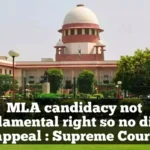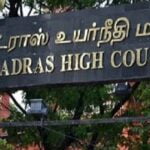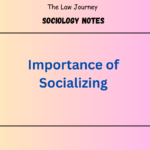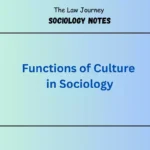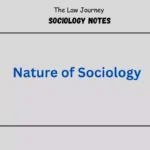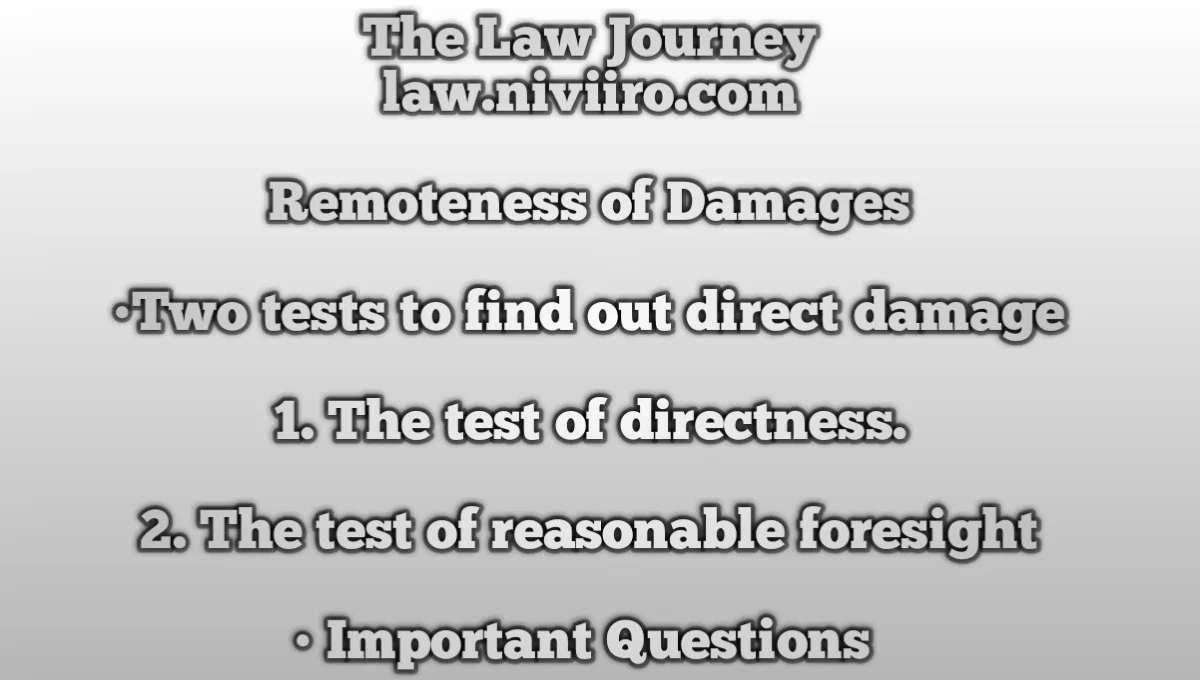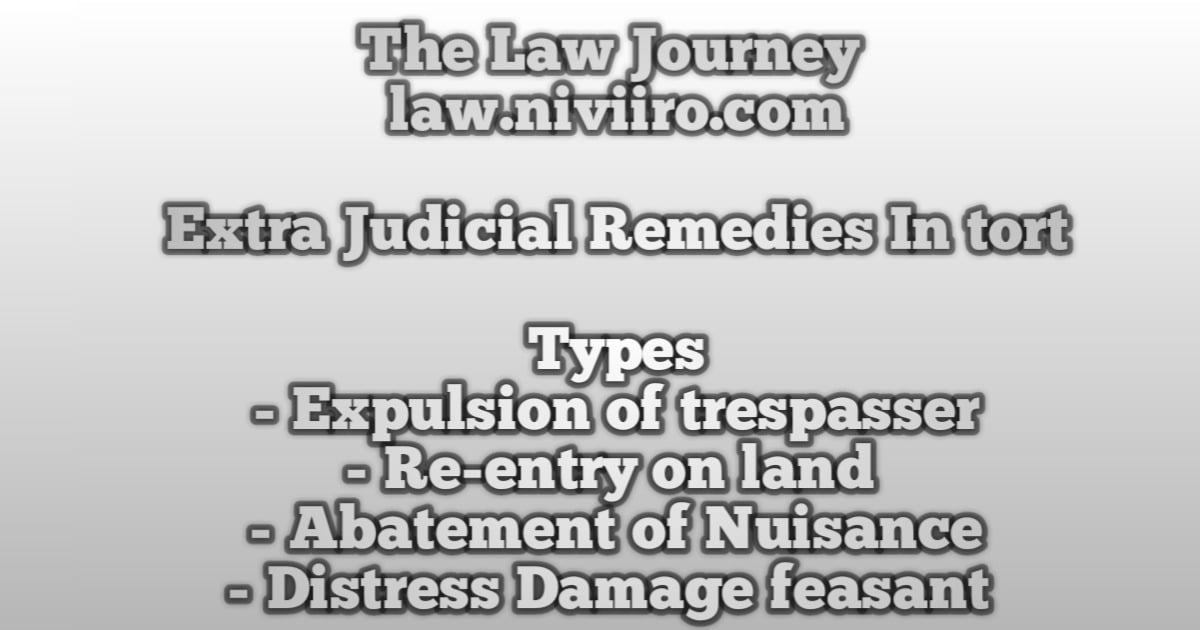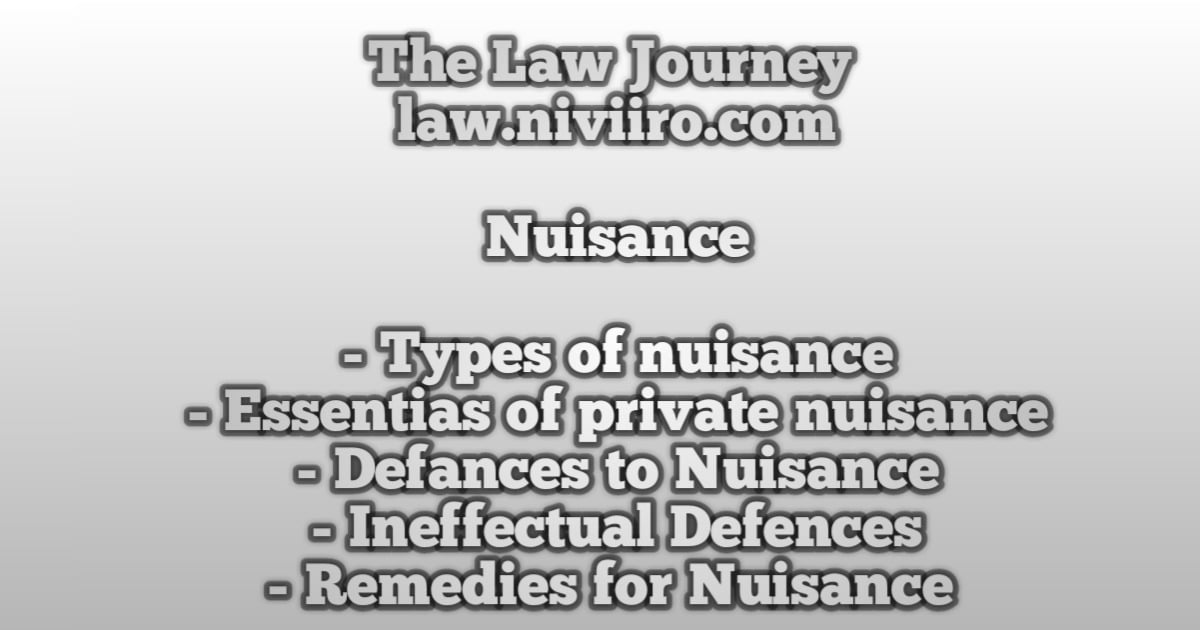Remoteness of Damages, In law, the injury must be direct and natural as a result of the defendant’s action. Otherwise, the plaintiff will fail. This is referred to as “In jure non remota causased proxima spectatur” (In law the immediate, not the remote cause of any event that is to be considered). This is because the defendant is believed to have meant the natural consequences but not the distant damage. It follows that the defendant’s act must be the ‘Causa Causans,’ or proximate (near) cause.
Novus actus interveniens : (new act intervening) The act and the consequences are to be connected directly and the defendant will not be liable for Novus actus interveniens and the consequences thereof.
Scott V. Shepherd (Squib case) D hurled a lit squib towards the throng. It landed on X, who tossed it further, and it landed on Y, who flung it away. It landed on P, exploded, and blinded one of his eyes. D was found to be liable to P. Despite the fact that X and Y had interfered, D’s conduct was the ‘Causa Causans.’ The defendant raised the defence of novus actus intreveniens, but the court dismissed it.
In Haynes v. Harwood, an unattended horse van of D began to run when some youngsters threw stones at the horse. The officer who tried to stop the horse was hurt. D was found responsible. The court rejected D’s argument that the hurling of stones constituted an intervening cause and hence he was not responsible.
Two tests to find out direct damage
1. The test of directness
The test of reasonable foresight means that the liability of the defendant extends only to those consequences, which could have been foreseen by a reasonable man. This theory was rejected in 1921, and the second theory was applied in Re Polemis and Furnace Ltd.
In this case, D rented P’s vessel to transport a cargo that included gasoline. Some cases were leaking, and there were fuel vapours. While transferring luggage, D’s slaves carelessly knocked on a plank, which dropped and burned the wood. As a result, the entire vessel caught fire and burned to the ground. D was found to be culpable. The fire had started owing to the carelessness of D’s servants, and hence D was liable for all of the consequences, even if they could not have been reasonably predicted. In the Wagon Mound Case in 1960, this idea was rejected. The old reasonable foresee test is being reintroduced.
2. The test of reasonable foresight
The Wagon Mount case, an oil-tanker vessel, was chartered by D and had been mored at Sydney (Australia) harbour. P had a wharf at a distance of about 600 feet, where a ship was being repaired. Due to the carelessness of D’s employees, oil poured from the cart Mound and flowed to the dock where P was welding. P’s manager halted his welding job and asked D whether he could continue welding safely. D guaranteed there was no threat. P’s management assumed that the oil was not corrosive to water and continued welding operations. Molten metal from the waggon Mound landed on cotton trash two days later, burned, and severely damaged the wharf and equipment.
The England Privy Council ruled that D (Wagon Mound) was not responsible. The Court rejected the direct rule argument by using the reasonable foresight test. It overturned the case of Re Polemis. ‘After the event, a fool is smart,’ it stated. But it is not a fool’s hindsight that determines responsibility; it is a rational man’s foresight that does.’ What a reasonable man ought to anticipate relates to mankind’s common conscience, and hence the test of reasonable foresee ability must be used. Based on this, it was deemed not responsible. Hughes V. Lord Advocate, a recent case, upheld this ruling (1963).
Related Post
Meaning of Remoteness of Damages ?
In law, the injury must be direct and natural as a result of the defendant’s action….
What are the two tests to find out direct damage ?
1. The test of directness,
2. The test of reasonable foresight.
References
- Law of Torts by RK Bangia (22nd Edition)
- Universals Law of Torts
- P.S.A. Pillai’s – Law Of Tort
- Law of Torts by Ratanlal and Dhirajlal
- Law of Torts by J.N. Pandey
- A.K Jain law of torts



